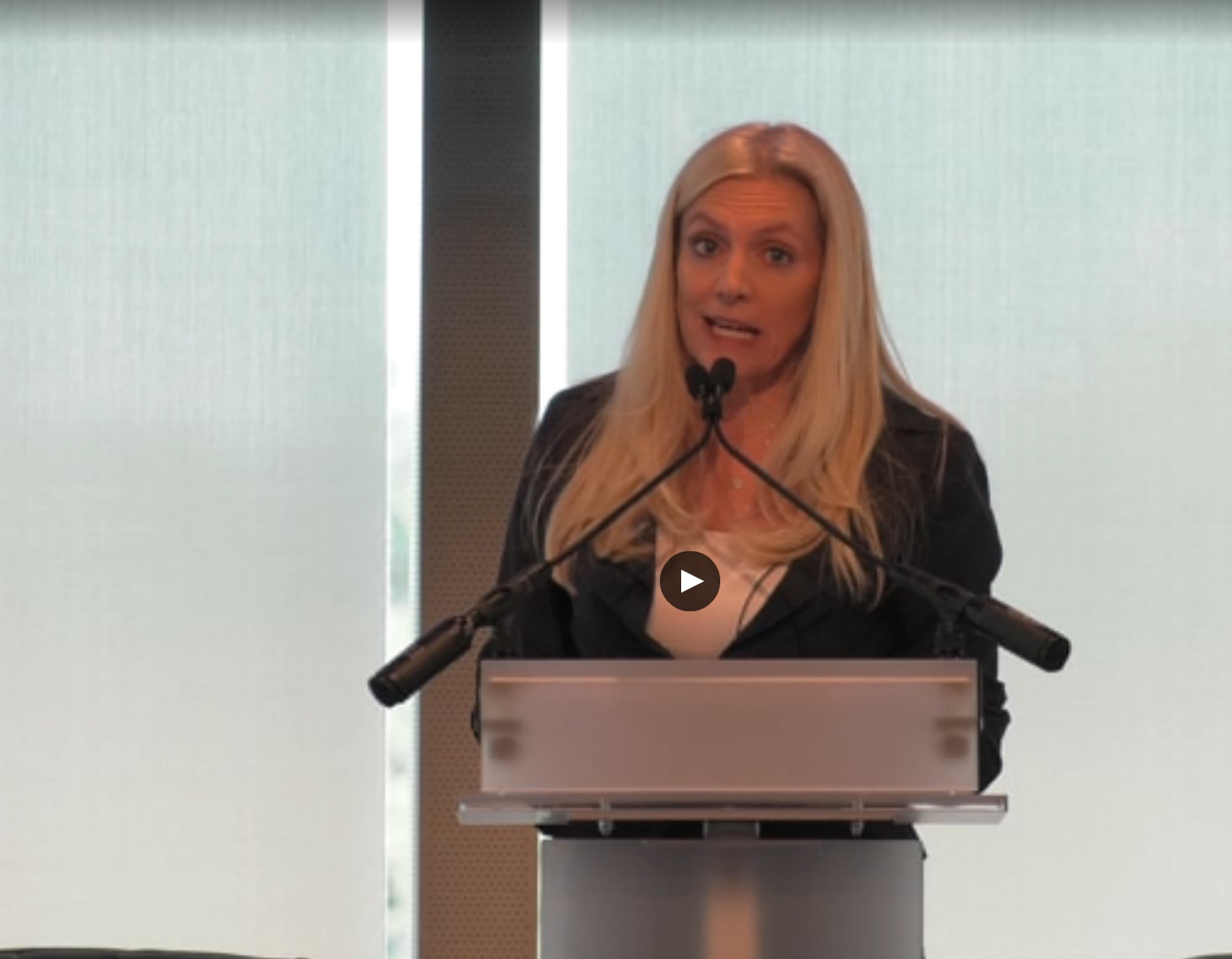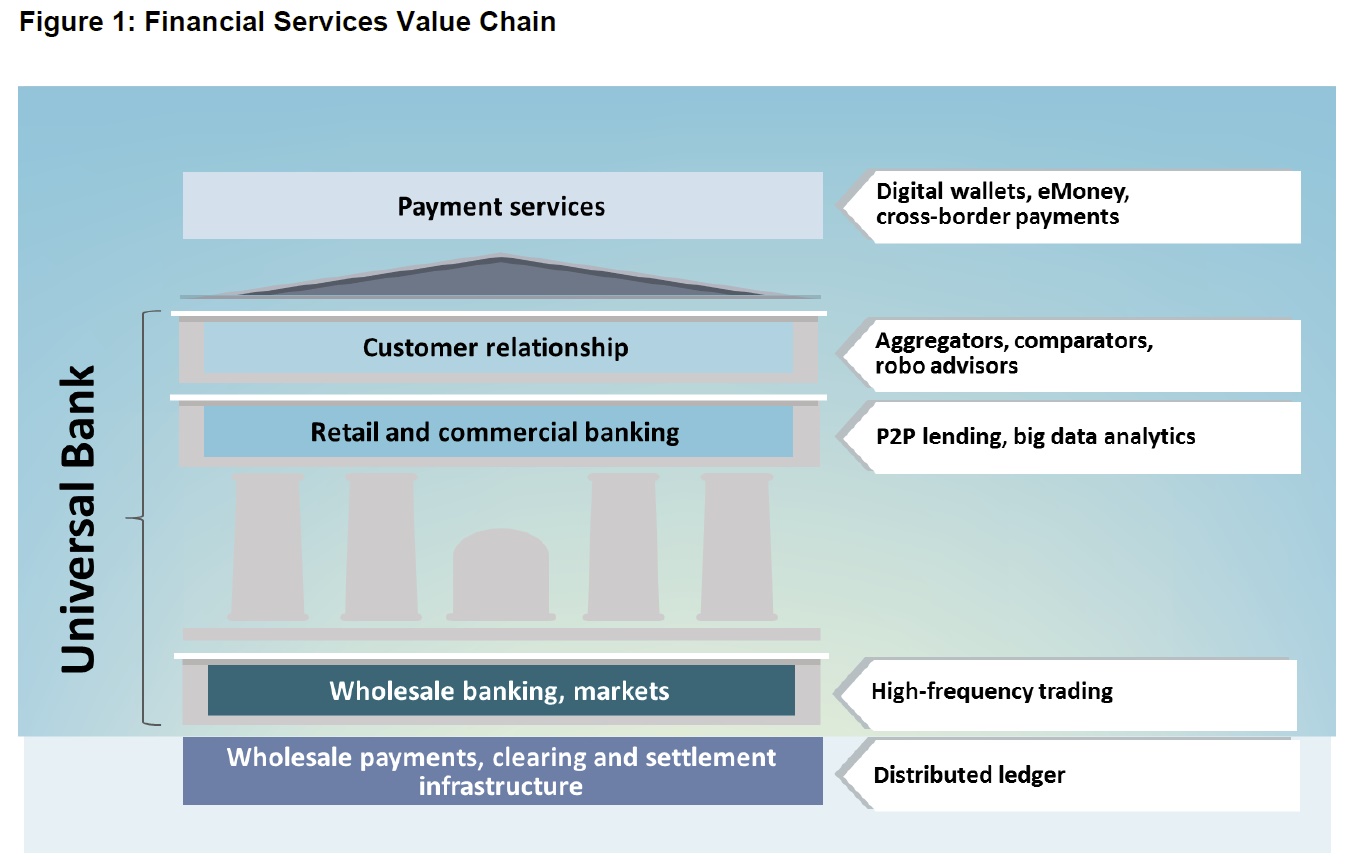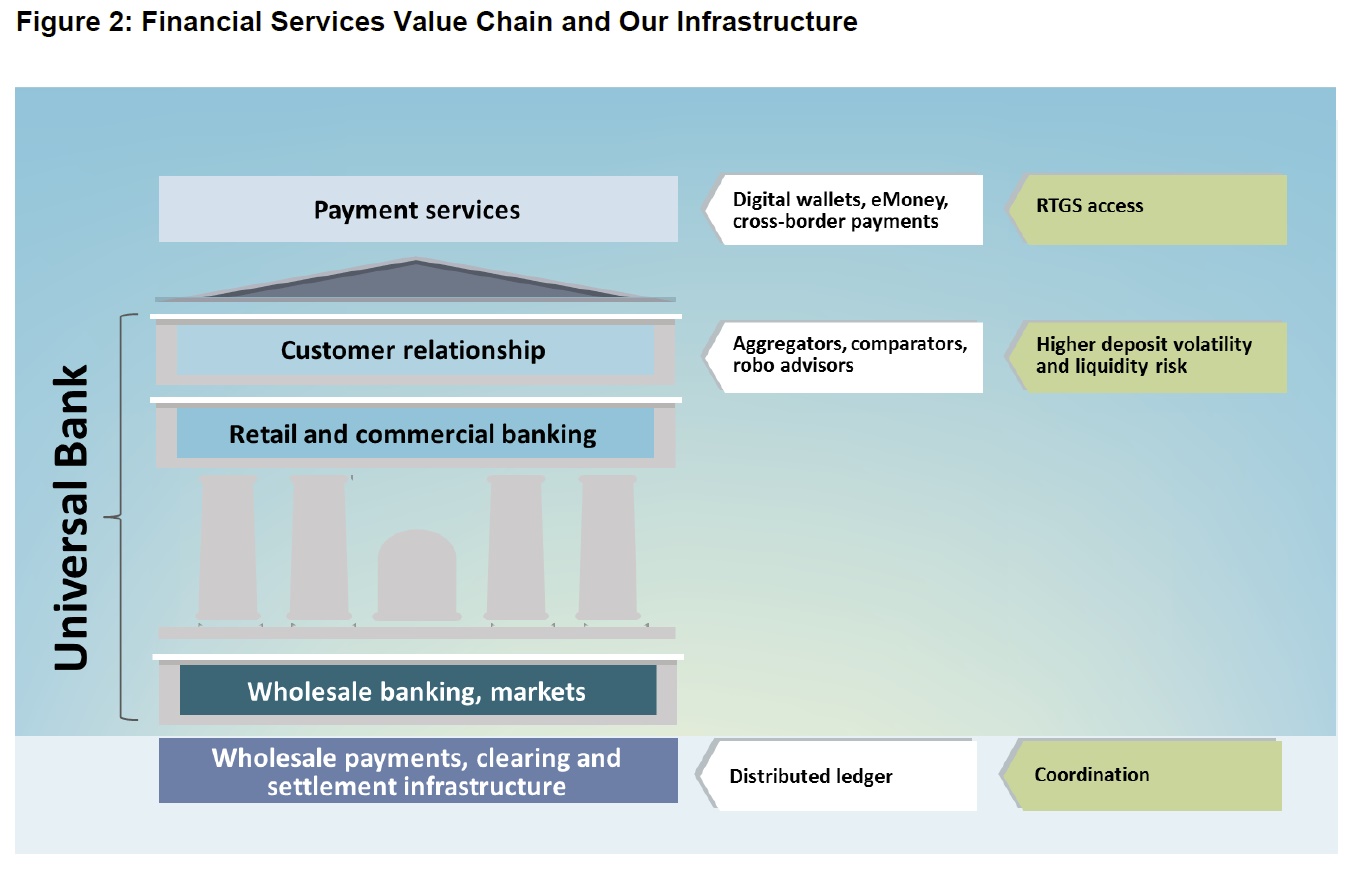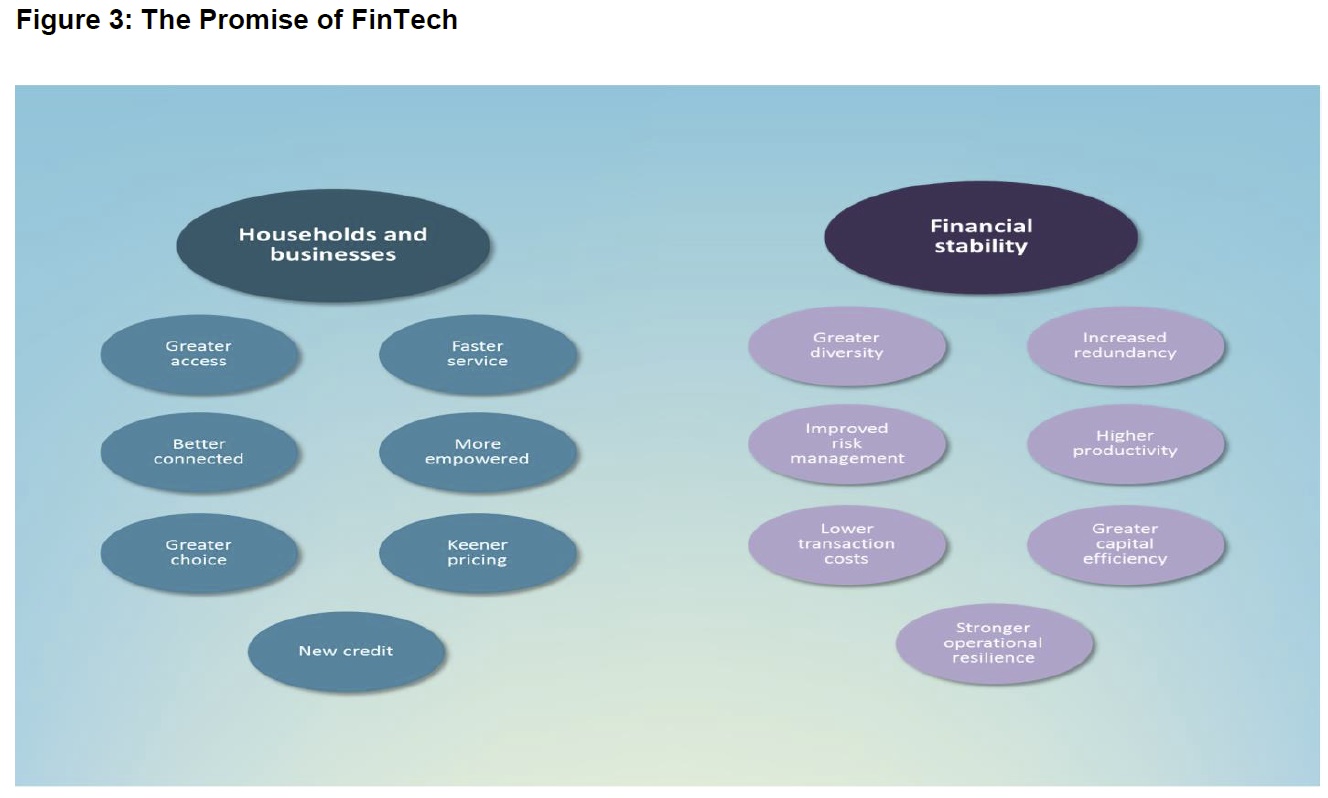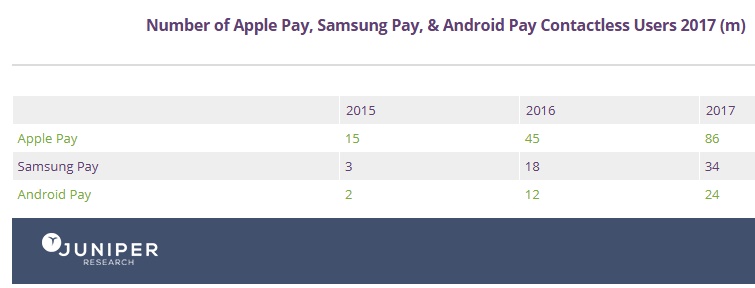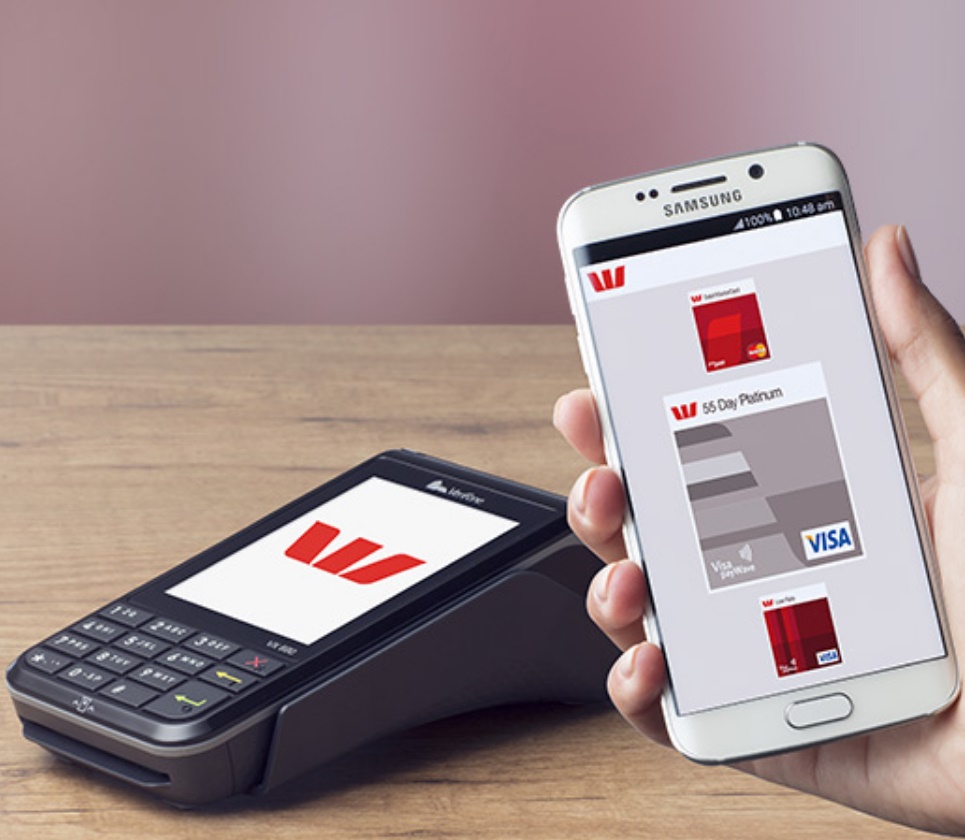Blockchain is an online ledger that records transactions. It’s capable of recording the movement of any kind of asset from one owner to the next.
It’s public and isn’t owned by any one corporation, there are no charges to record transactions. Its openness ensures the integrity of transactions and ownership, as everyone involved has a stake in keeping it honest.
This means there are fewer intermediaries; less middle-men who increase the costs and time to complete a transaction.
There are risks associated with the system as it’s only as strong as the code that supports it, which has come under attack in the past. Despite this, examples from overseas show it is possible to apply this technology successfully to our housing market.
Problems in how the property market is run
For buyers able to find the right property, secure a mortgage and save a deposit, they must also pay for a range of so-called “hidden costs”. These are additional payments associated with the transaction over the cost of the home itself. Many legal and title-related costs would become near-obsolete in a blockchain system.
The combined costs of title registration, title insurance, and legal fees associated with register the property transfer approach A$1,000 on the average Australian house. Costs continue to rise as the prudent buyer undertakes further due diligence, through building inspection documentation, previous sales records and so forth.
On top of the financial cost, it then typically takes over a month to settle a real estate transaction in Australia. The blockchain system can speed things up, as currently tedious checks undertaken by hand, move to an automated system overseen and approved by the relevant stakeholders.
There is also the risk that land titles offices with a single database simply get things wrong too. In 2016 it was reported that 300 incorrect certificates had been issued in NSW, with 140 of those being recent property buyers affected by government plans for major motorways in Sydney’s west.
There are now concerns that the system’s quality could be compromised in several states, including NSW and South Australia, as land titles offices become privatised.
A blockchain real estate market
If blockchain were applied to the property market in Australia, every property would be encoded with a unique identifier. Property IDs already exist in most land registry systems, so these would need to be migrated to a blockchain.
Next, the blockchain ecosystem then needs to have defined who the people behind the transaction are, those stakeholders that include the owner, lender, and government.
Transactions of property are conducted via “smart contracts” – digital rules in the blockchain that process the agreement and any specified conditions. Buying and selling could still take place via agents, or the smart contract can be advanced to incorporate the sale rules and make this decision automatically. The blockchain for each property grows as transactions are added to the ledger.
A housing market without agents, conveyancers and a land-titles office may seem decades away, but a handful of countries have already piloted blockchain land registration system.
In Australia, our current land titles system is among the world’s best, but it is not infallible. A range of hidden taxes and transaction costs increase market inefficiencies.
And while the electronic system Property Exchange Australia or PEXA, has brought us to the point of a near paperless property market, it’s still an intermediary between the parties and the record of the transfer in the Torrens system – our current land title system.
The added advantage of a blockchain system is in eliminating risks, in particular the risk of records being accessed fraudulently and altered or deleted because it is a permanent and immutable record. This means that a huge amount of computing power would be required, probably along with some collusion, and the alteration is easily detected across the ledger. That’s not to say the blockchain system is perfect.
Blockchain’s advantage in restricting any changes to historical records becomes a disadvantage when incorrect or fraudulent entries are added. Digital currency managers, Ether and Bitfinex, learned this the hard way through cyber attacks.
Last year these attacks siphoned off over US$50 million in ether tokens from The DAO, the largest crowdfunded venture capital fund. This breach led to a controversial split of Ether into two separate active digital currencies.
Only months later, Hong Kong-based crytocurrency trading firm, Bitfinex, had the equivalent of US$68 million stolen by hackers in a security breach reminiscent of the hack that bought down Mt Gox in 2014. It is little comfort to cautious market regulators that the thieves behind these attacks can not spend it without revealing their identity on the blockchain.
These hacks demonstrate that blockchain systems are only as secure as the code which supports them. As a nascent technology, its cracks are detected only when they are exposed.
Where blockchain has worked before
Sweden became the first western country to explore the use of blockchain for real estate in July last year. At the time, the Swedish Land Registry partnered with blockchain startup ChromaWay to test how parties to a real estate transaction – the buyer, seller, lender, government – could track the deal’s progress on a blockchain.
Other countries at the forefront of blockchain for real estate include The Republic of Georgia, Honduras, and Brazil which announced a pilot program earlier this month. While this might seem like a disparate list, it’s in these countries where the long-term potential of a blockchain for real estate are most significant.
Systemic corruption and insecure database management in these countries, and many other emerging economies, is seen as a major constraint on growth and prosperity. Why would you invest in a house, or any other asset, if there is a distinct possibility that the record of your ownership could simply disappear?
With ever increasing demands for improvements to transaction efficiency and local real estate industry giants like CoreLogic appointing research teams dedicated to new technology applications, it might not be long before we see a real estate blockchain system in Australia.


